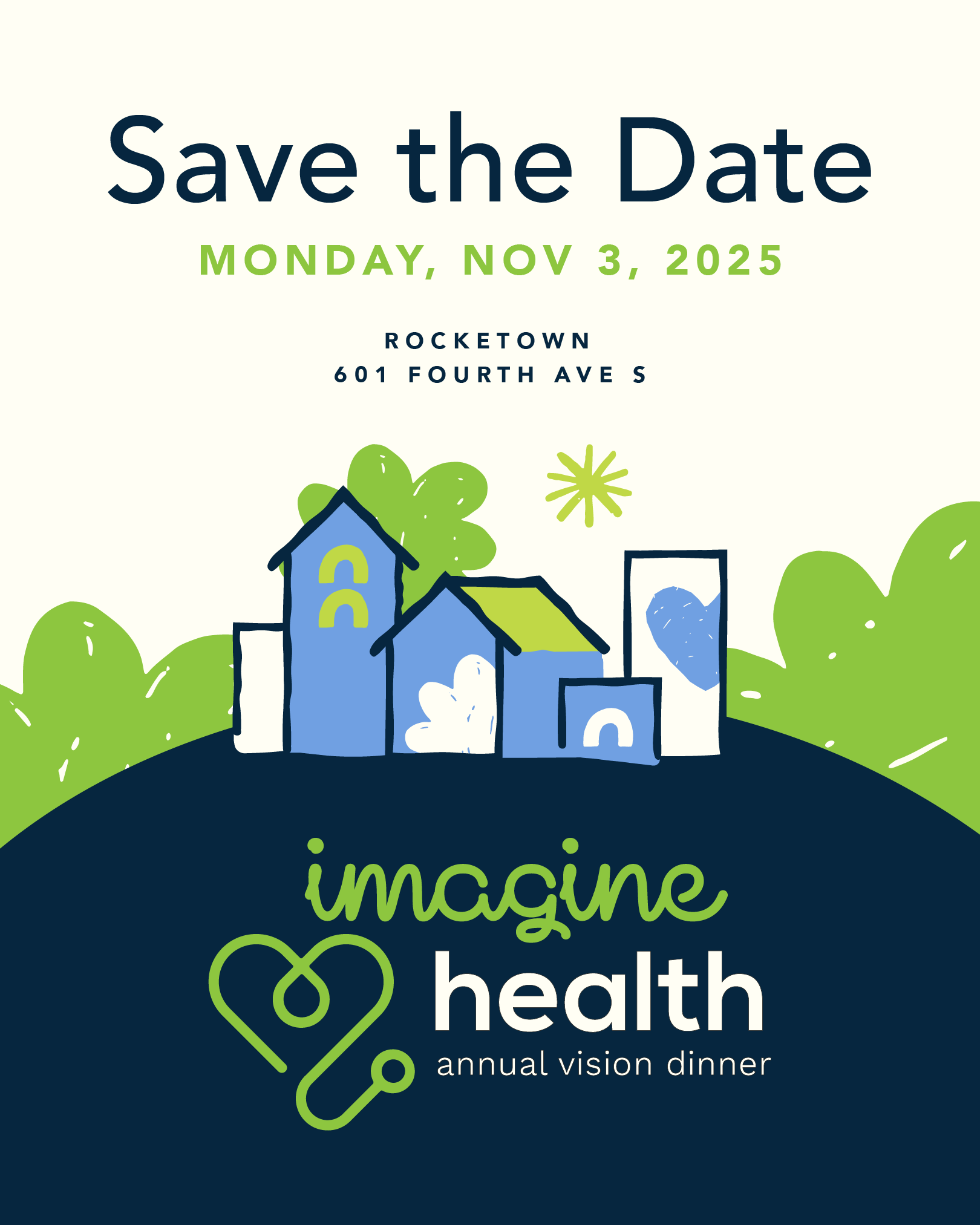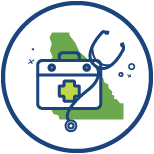
the cornerstone of safety and wellbeing for students
health
Imagine Health
We are reimagining RTRA Health. We will share stories of the wonderful people who are inspiring us to fuel RTRA Health by training 100 community health workers, restocking our school clinic pharmacy, and recruiting monthly visiting health specialists.
We look forward to celebrating with you wherever you are, and if you are in the Nashville area, we invite you to join us at our annual Vision Dinner on Monday, November 3. Our theme is "Imagine Health", and we will have many special and memorable activities. We can't wait to see you there!
our health focuses
urgent/immediate care
Every day, our clinic provides a safety net: prescriptions, wound care, fever treatment, and on-site care for students and neighbors who can’t wait. These urgent needs are the front line of keeping our community healthy and safe.
Building Community Health & Prevention
Health doesn’t stop at the clinic doors. Through community health workers, creative public education (skits, songs, posters), and access to clean water, we’re shifting from reaction to prevention — helping families stay healthy before a crisis.
Investing in the Future
Imagine a doctor on staff, an ambulance on call, specialists visiting regularly, and students inspired to pursue healthcare careers. Long term, our goal is to build sustainable systems and even partner with government, creating a healthier future that lasts for generations.
We focus our efforts on school health services, clean water accessibility, in-home hygiene practices, and prioritize prevention, early detection, and treatment of disease so that our students can continue to attend school without hindrance. Our health care programs span on and off-campus to ensure our students remain cared for year-round and practice healthy habits in their households and at school.
why health?
With limited access to transportation, this long distance deters families from seeking care. Moreover, even if patients are able to find reliable transport, it's unlikely they can afford the cost of immediate care and follow-up because many rely primarily on subsistence farming which generates little income.
13 miles to the nearest public hospital
Uganda’s doctor-to-patient ratio is estimated at 1:25,000. Locally, in the communities we serve, the ratio is 1:75,457 (the US doctor-to-patient ratio is estimated at 1:384 and the World Health Organization recommends 1:1,000). This disparity demonstrates the limitations of accessing general practitioners and further complicates cases requiring specialists.
1 to 25,000 doctor to patient ratio
33% of children in Uganda do not have access to safe, clean water; 62% of RTRA households must walk 30 minutes or more to an improved source to collect nearly 40 lbs of water, which is then carried home in a jerrican.
33% of children don’t have safe, clean water
Uganda alone makes up 5% of malaria cases worldwide. Those who are immunocompromised due to HIV/AIDS, and children under five, are at a considerably higher risk of contracting the disease.
5% of worldwide malaria

our programs
RTRA staffs a full-time nurse and social worker to gain deeper understanding of each child’s household circumstances, better facilitate care based on the unique needs of the student, and alert us to any underlying issues that may impact school attendance or compromise at-home safety. The clinic provides ongoing: urgent, primary, and dental care, prevention and treatment of identified health threats in the area (malaria, HIV/AIDS, typhoid, malnutrition, respiratory infection, tuberculosis and others), sexual and reproductive health education, and maternal and child health.
YEAR-ROUND SCHOOL CLINIC
Rural inaccessibility and financial restraints prevent many of our students and their families from having access to clean water and common household items like soap and toothpaste. Through our WASH Program, RTRA provides educational training and resources for our students and their households to improve water sanitization, hand washing, personal hygiene, and proper care for agricultural animals. This prevents the spread of preventable diseases such as water-borne illnesses and parasitic infections and also reduces environmental contamination.
WASH (WATER, SANITATION AND HYGIENE) PROGRAM
Once a year, RTRA hosts a clinic open to all nine village centers, serving an average of 2,000 community members including 1,500 medical patients and 500 dental visits. We are provided with a government permit to operate for one week and rely on support from both Ugandan and American trained medical professionals to administer care.
ANNUAL COMMUNITY-WIDE CLINIC
Today, our taps are open to everyone on campus, and we are able to secure 100,000 liters of water within a 72-hour period. We have built a borehole with a powered pump that is connected to 8, above-ground water tanks holding 10,000 liters each. In addition, we have secured another 20,000 liters from rainwater harvesting tanks.
CLEAN WATER PROJECT
COMMUNITY HEALTH WORKERS (CHWS)
In consultation with the Kalungu West Health District office, RTRA has recruited 14 Community Health Workers to be trained, resourced, and stationed in the community to serve as primary health care providers at the community grass roots level. Each CHW conducts regular home visits, looking for the following: clean water, proper nutrition, elevated sleeping, use of an insecticide-treated mosquito net, care of livestock, access to hygiene products, and distance to the nearest health centers. These visits promote healthy in-home practices that serve as key disease prevention methods.






